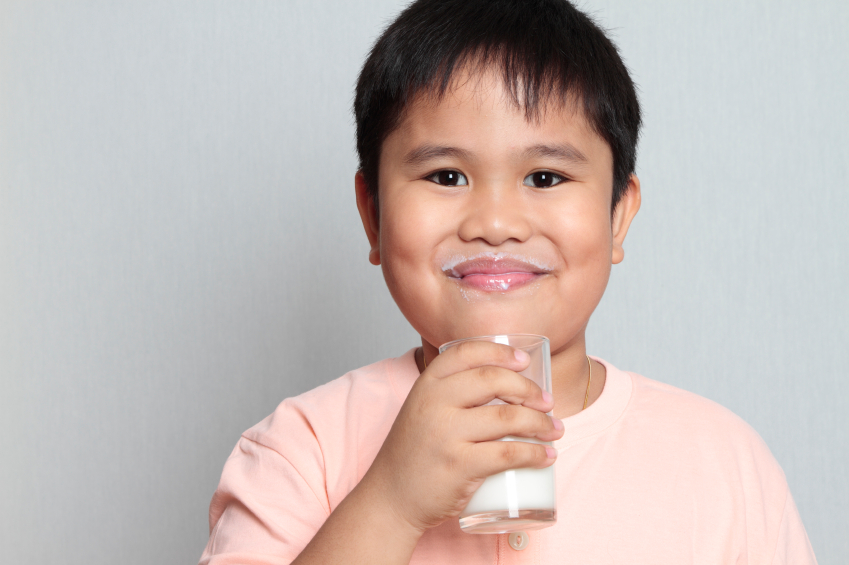
Background
The Special Milk Program (SMP) was established in 1955 to increase the milk consumption by children in schools and childcare institutions that do not participate in other Federal meal service programs. In 1966, the Special Milk Program was incorporated into the Child Nutrition Act.
The Special Milk Program provides milk to children in schools, childcare institutions, and eligible camps. Through this program, schools and institutions are reimbursed for the milk they serve. In 2011, 3,848 schools and residential childcare institutions, 782 summer camps, and 527 non-residential childcare institutions participated. Schools in the National School Lunch or School Breakfast Programs also participate in the Special Milk Program to provide milk to children in half-day pre-kindergarten and kindergarten programs where children do not have access to the school meal programs.
The Food and Nutrition Service administers the program at the federal level. At the state level, the Special Milk Program is usually administered by State education agencies, which operate the program through agreements with school food authorities.
How It Works
To enroll in the Special Milk Program, schools must apply and serve children who otherwise do not have access to school meal programs. Participating schools and institutions receive reimbursement from the U.S. Department of Agriculture (USDA) for each half-pint serving of milk served. The participating schools operate their milk programs on a non-profit basis and agree to use the federal reimbursement to subsidize the selling price of milk to all children.
Any child at a participating school or half-day pre-kindergarten program can get milk through the Special Milk Program, regardless of their FARMS (Free and Reduced Meal Service) status.
Impact
In fiscal year 2012, over 61 million half-pints of milk were served through the Special Milk Program.
A survey of 768 schools and 20,000 students assessed the impact of the free milk provision on the Special Milk Program (SMP). Free milk service increased total milk consumption of needy children, and milk programs were not disincentives to student participation in school lunch or school breakfast (1). Students in SMP schools drank 42% more milk at school than those in non-SMP programs, this relationship was seen at all grade levels. In schools that participated in the National School Lunch Program the milk consumption was almost 30% higher than in schools with the SMP but not the NSLP.
Contributors
Katherine Baildon and Sarina Kumar, Cornell Center for Behavioral Economics in Child Nutrition Programs
Sources
Robinson, John S. Special milk program evaluation and National School Lunch Program survey [USA]. FNS series. v.167. (1978). Agris. Web.
USDA Food and Nutrition Service. Special Milk Program.
USDA Food and Nutrition Service. Special Milk Program Fact-sheet.
